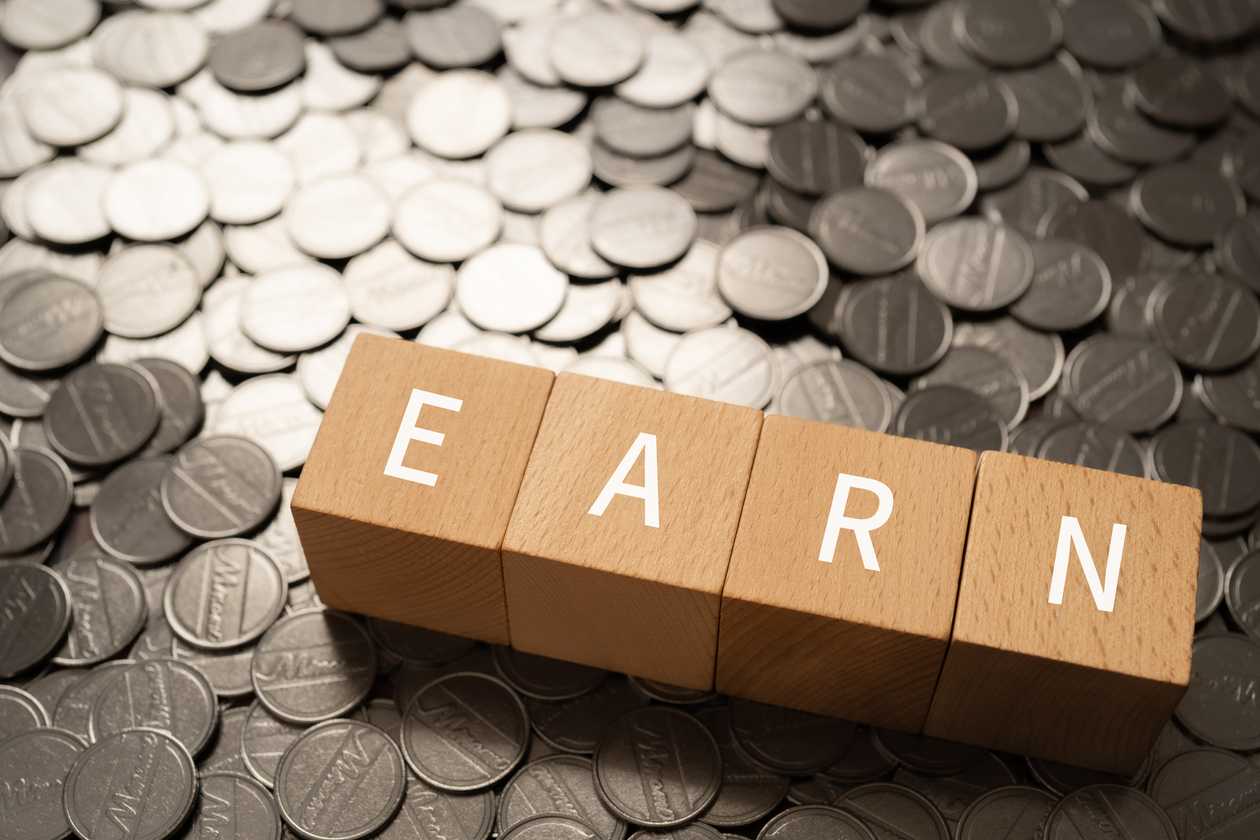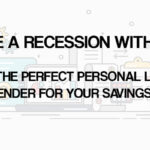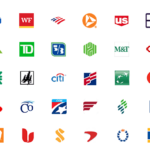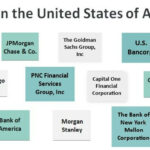Bump Up Your Savings with the Latest Fed Rate Increase: Here’s How!

Are you looking to boost your savings as the latest Fed rate increases? It’s a great time to start focusing on your financial goals and to make the most of the current interest rate environment.
Here are some tips and strategies to help you make the most of the latest Fed rate increase and maximize your savings.
What is the Fed rate, and how does it affect your savings?
The Federal Reserve (also known as the Fed) is responsible for setting the interest rate that banks charge one another for overnight loans, known as the federal funds rate. The fed rate, in turn, influences other rates, including credit card interest rates, mortgage rates, and savings rates.
When the Fed raises the fed rate, it becomes more expensive for banks to borrow funds from other banks. As a result, banks typically increase the interest rates they charge on loans and credit cards.
However, this also means that banks are likely to increase the interest rates they pay on savings accounts, money market accounts, and certificates of deposit (CDs) to attract more deposits.
How to take advantage of the latest Fed rate increase
Shop around for high-yield savings accounts
Although financial institutions may increase interest rates on savings accounts in response to a Fed rate hike, not all banks will raise their rates at the same pace or to the same level. Therefore, it’s essential to shop around for high-yield savings accounts that offer competitive interest rates.
Online banks and digital banking platforms, also known as fintechs, typically offer higher rates than traditional brick-and-mortar banks. These banks tend to have lower overhead costs, allowing them to pass on the savings to their customers in the form of higher interest rates.
Consider opening a CD account
Another way to earn higher interest on your savings is by opening a certificate of deposit (CD). A CD offers a higher interest rate than a traditional savings account, but it requires you to lock up your funds for a specified period, typically ranging from six months to five years.
The longer the CD’s term, the higher the interest rate will typically be. However, keep in mind that if you need to withdraw your funds before the CD’s maturity date, you will likely pay an early withdrawal penalty.
Pay off high-interest debt
If you have outstanding credit card balances or other high-interest debt, paying them off can be one of the best ways to make the most of the latest Fed rate increase. By paying off your debts, you can potentially save yourself hundreds or thousands of dollars in interest charges over time.
It’s also a good idea to consider consolidating your debts into a low-interest personal loan or balance transfer credit card, which can help you save on interest charges and potentially pay off your debt faster.
Consider a high-yield checking account
In addition to savings accounts and CDs, some banks offer high-yield checking accounts that also earn interest on your account balance. While these accounts typically have some requirements, such as a minimum balance or a certain number of transactions, they can be an excellent way to earn interest on your checking account balance while also keeping your funds accessible.
Automate your savings
Finally, one of the best ways to build your savings over time is by automating your savings. Many banks allow you to set up automatic transfers from your checking account to your savings account or other savings vehicles, such as CDs.
By automating your savings, you can make sure that you are consistently setting aside a portion of your income for your financial goals, without even having to think about it.
Conclusion
If you’re looking to bump up your savings in response to the latest Fed rate increase, there are plenty of strategies and tips to help you make the most of your money. By shopping around for high-yield savings accounts and CDs, paying off high-interest debt, considering a high-yield checking account, and automating your savings, you can start to earn higher interest rates and build your savings over time.







